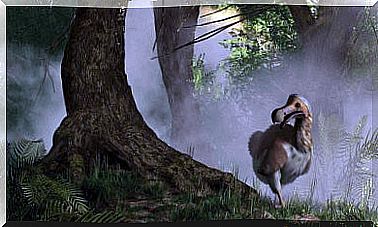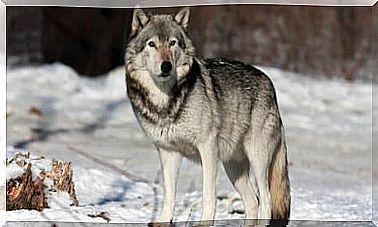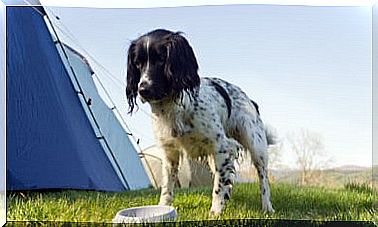What Are The Types Of Non-poisonous Snakes?
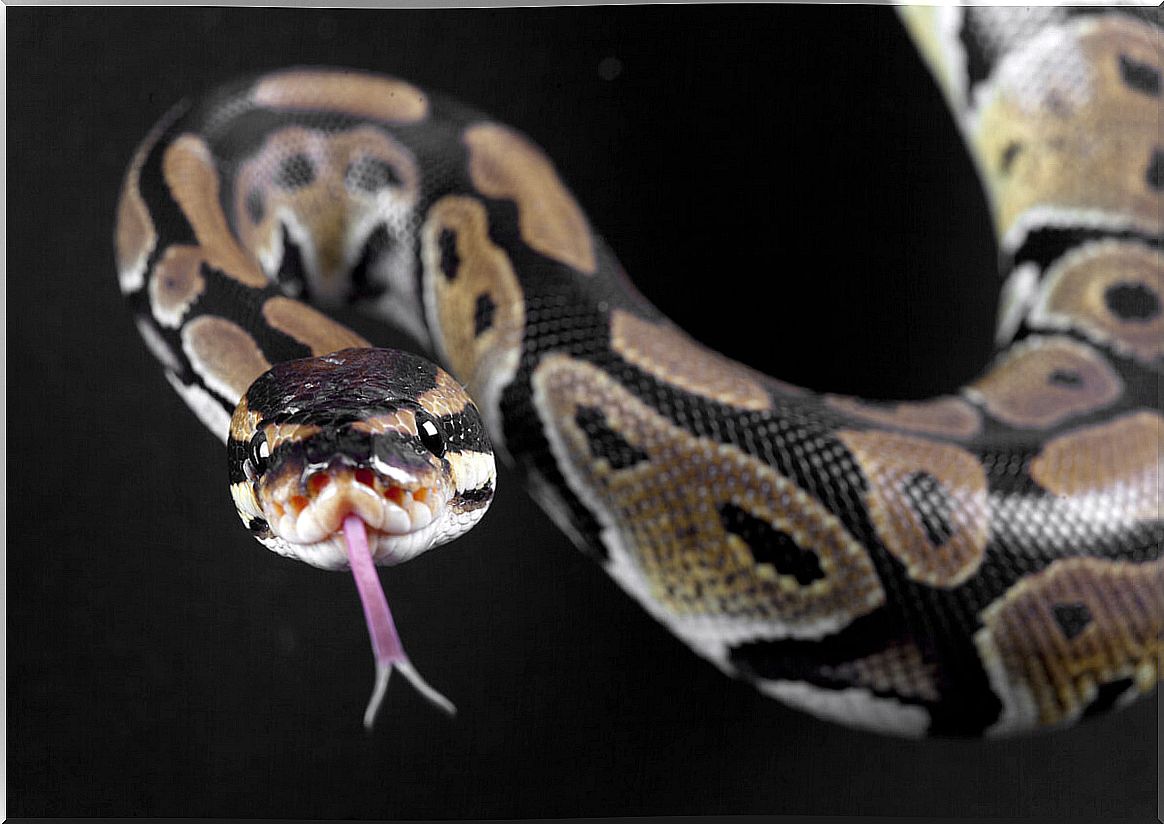
When we think of snakes, we always think of an elongated scaly body, a large jaw with the ability to disengage, and large, sharp fangs that spit venom. However, not all snakes are poisonous and not all species that are poisonous pose a danger to humans.
Snakes or snakes are classified into more than 3,400 species divided into about 450 genera. Of all of them, only 15% are poisonous, and within this group, only 20% possess a poison capable of posing a threat to humans.
Are all snakes poisonous?
There are many types of non-poisonous snakes, which are found distributed among the different groups of snakes. Venom is an effective method of immobilizing or killing captured prey, but it is not the only one in the world of predators.
Boas, for example, kill their prey by strangulation. They roll their strong bodies against the victims – who are usually large – and suffocate them with their powerful muscles before eating them.
It is difficult to find a method to distinguish without error poisonous snakes from those that are not, but there are certain generalities that allow us to estimate the danger of the snake :
- Teething : the maxillary teeth are the only ones that can be associated with poisonous glands. Those snakes that have hollow fangs in the anterior part of the jaw are usually poisonous. The non-poisonous ones, however, do not usually have fangs in this position and also lack toxic glands.
- Head shape : poisonous snakes have a broad head – almost triangular – and a thin neck, like vipers. The non-poisonous ones have more rounded heads in general.
- Pupils : most non-poisonous species have a rounded pupil, compared to the vertical shape of poisonous ones. This is also related to their habits, as diurnal snakes have round pupils and tend to produce toxins.
- Thermoreceptor pits : snakes detect their prey by the heat they emit thanks to these organs. The pits can be identified as a kind of hole between the snake’s eyes and nose. The majority of non-poisonous specimens do not present them, but there are also exceptions.
In many cases these rules do not work, so you never have to look only at these characteristics. A detailed knowledge of the different species is what allows you to differentiate a poisonous snake from one that is not.
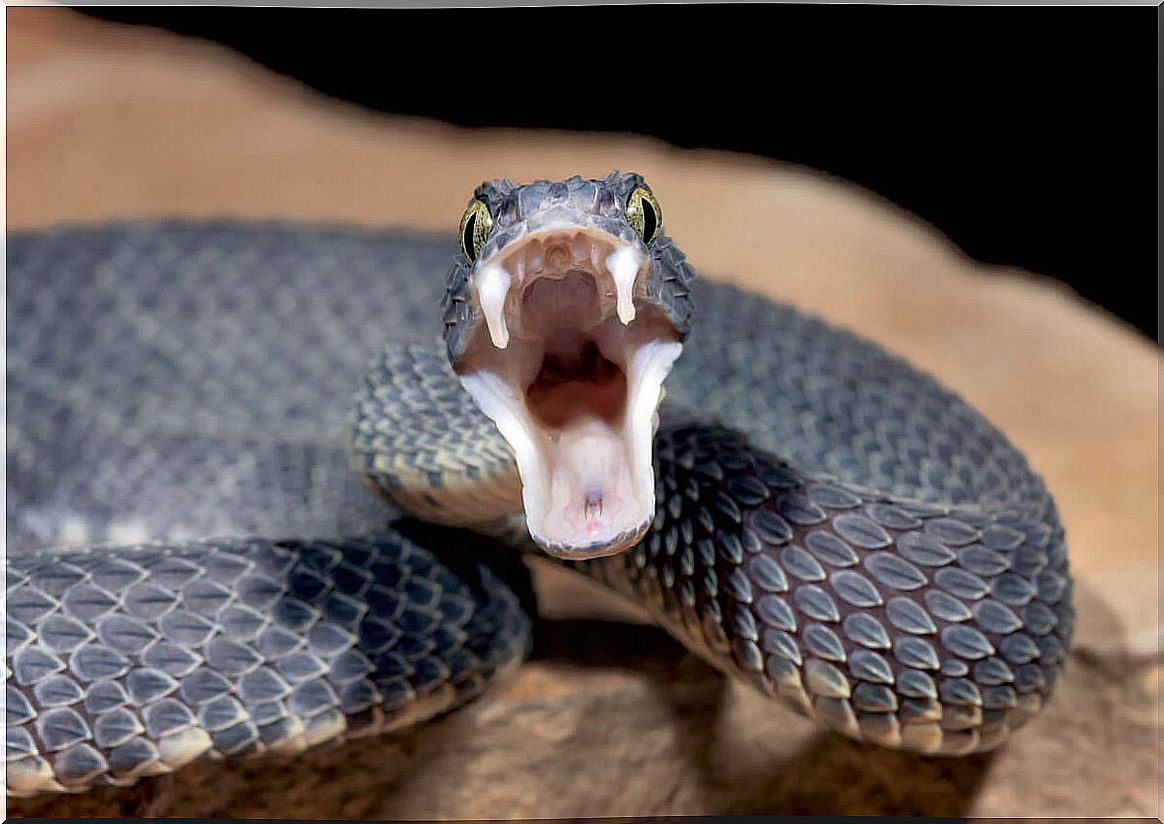
Types of non-poisonous snakes
It is common to designate non-poisonous snakes as snakes, however, the term snake refers to a specific family of snakes, Colubridae, so it is not totally valid to differentiate between both types of snakes.
Here are some of the most recognizable — but not the only — venom-free types of snakes.
Boas and pythons
Boas are a family of constrictor snakes, as they kill their prey by constriction , curling over them with their muscular body. They live in tropical areas of South and Central America and are good swimmers, but prefer to stay on dry land, sheltering in hollow logs or abandoned burrows.
Boas are up to four meters tall and weigh more than 45 kilograms on average. Depending on the habitat in which they camouflage themselves, their bodies can be brown, green, red, or yellow, with cryptic patterns made up of jagged lines, ovals, diamonds, and circles.
Pythons also have a constrictive nature and are very similar to boas, but they have important differences between the two groups, such as the way of reproduction: pythons lay eggs, while boas give birth to their young. They also live in different places on the globe.
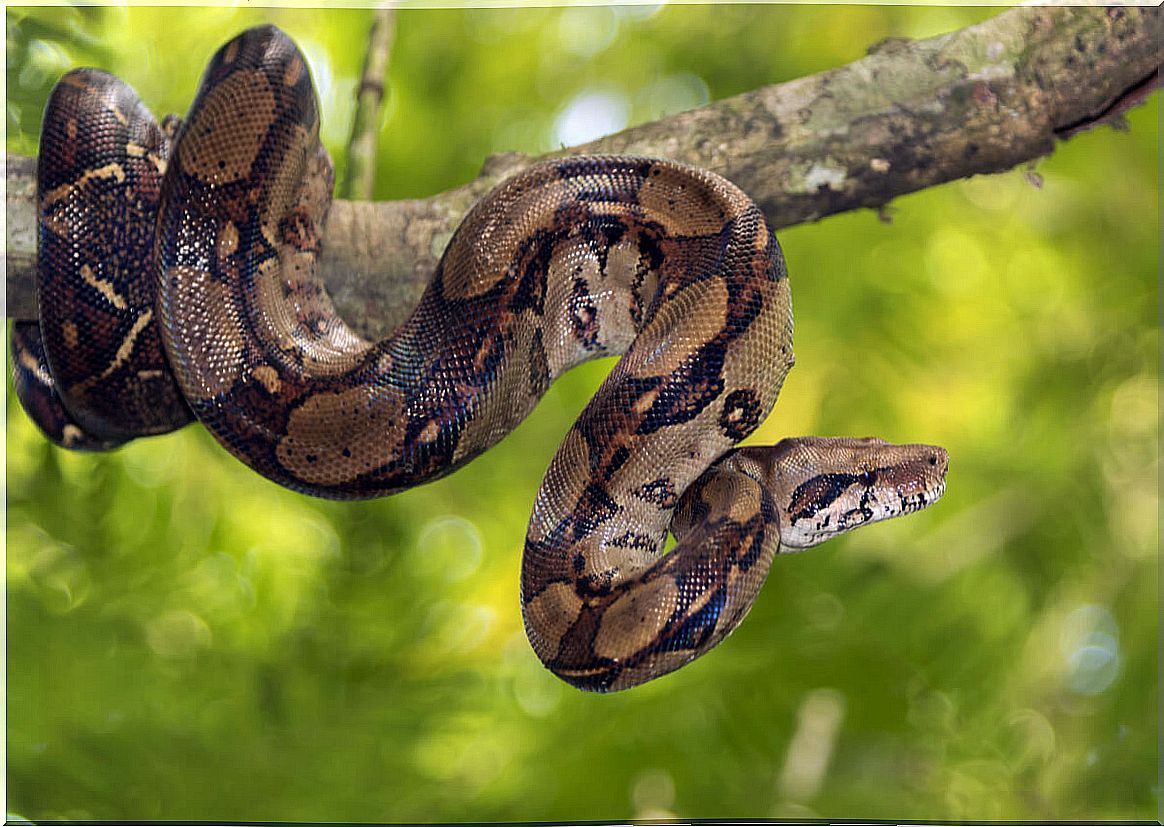
Snakes
Snakes belong to the colubrid family, a taxon that includes approximately 1800 different species with a cosmopolitan distribution. Most are not poisonous, but some species do possess venom and can even be dangerous to humans.
Snakes are generally diurnal, with round pupils and a rounded head with large scales. Among them there are exceptions such as the viperine snake ( Natrix maura ), which imitates the physique and behavior of vipers – which are poisonous.
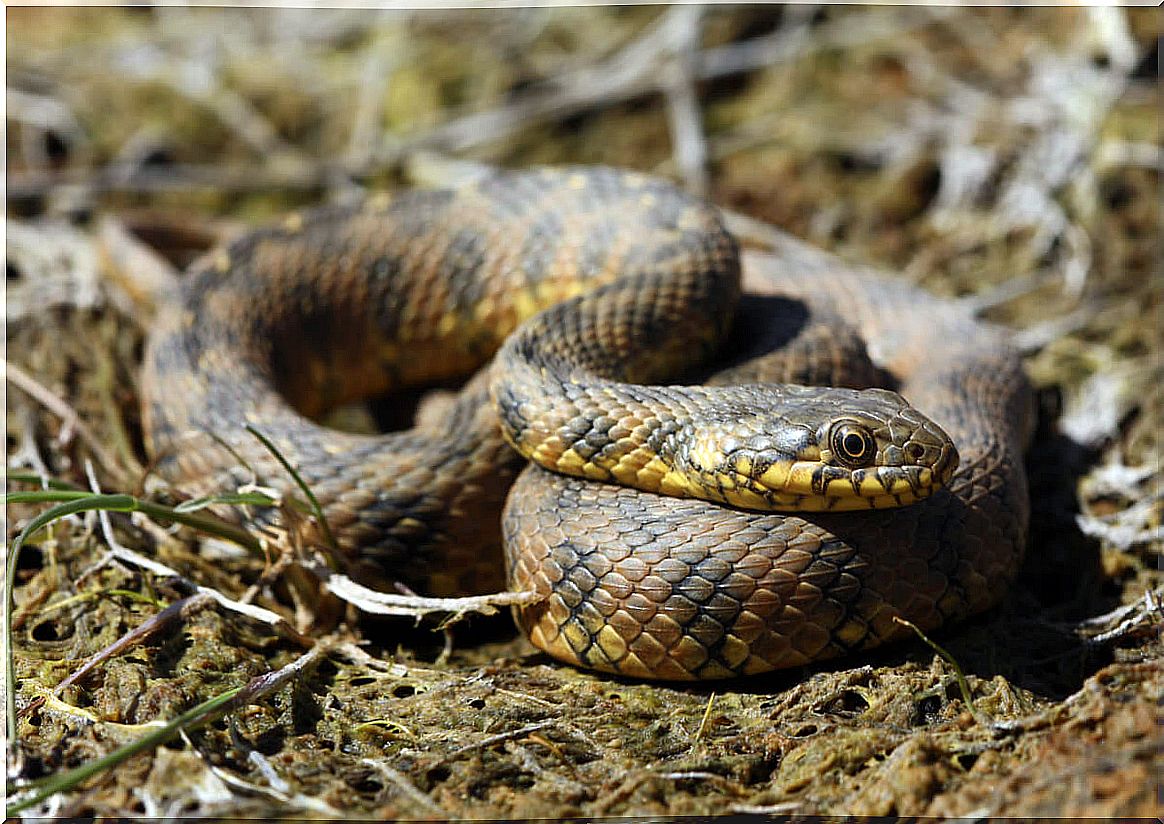
False coral ( Lampropeltis triangulum )
In the animal world there are species that take advantage of the appearance of poisonous animals to confuse their prey and predators. This evolutionary phenomenon is known as Batesian mimicry.
The faux coral is a great example of this. Unlike coral, false coral is not poisonous , but such is the degree of imitation that, to differentiate them, you have to know the specific patterns of its skin.
In coral, the red and white or yellow tones appear in a row. On the other hand, in the false coral the white or yellow colors are found between the black stripes, which gives it a red-black-white or yellow-black-red pattern.
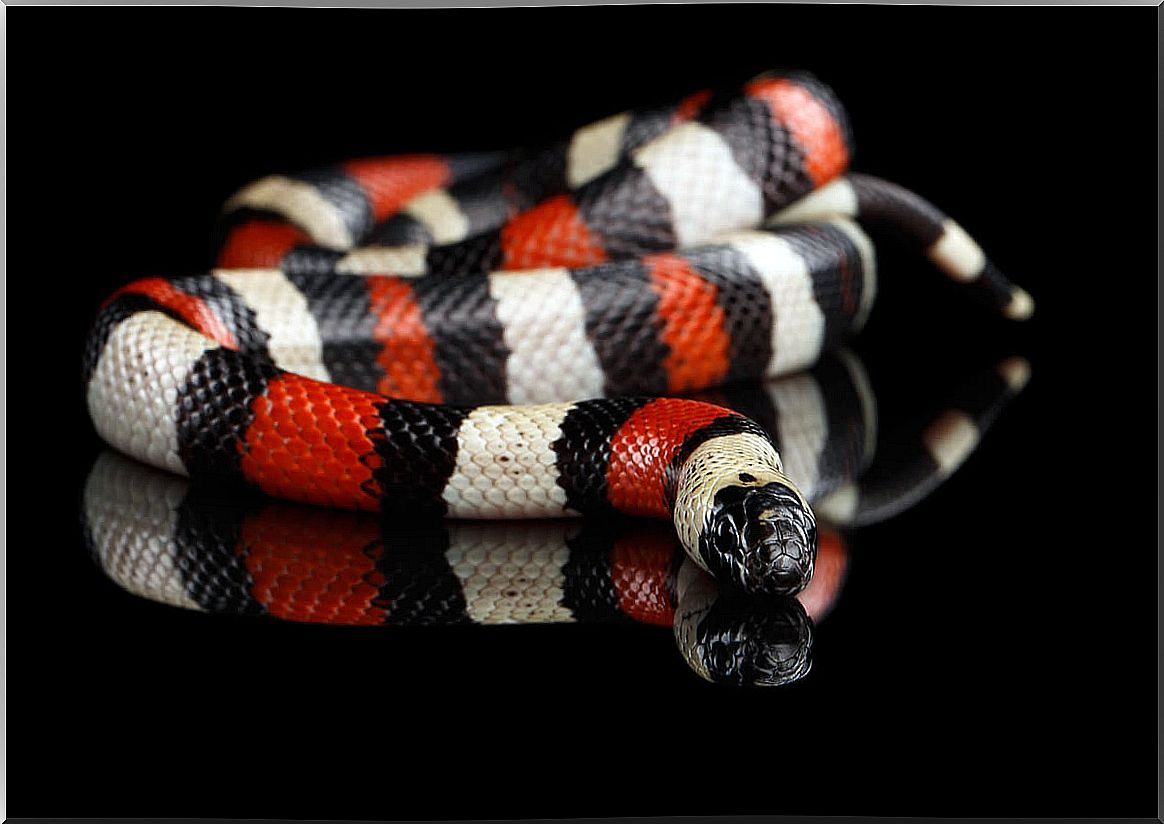
As we have seen in these lines, poison is not the only protection and hunting method present in snakes. From powerful musculature to perfect mimicry, many snakes fend for themselves without the help of toxic agents.
